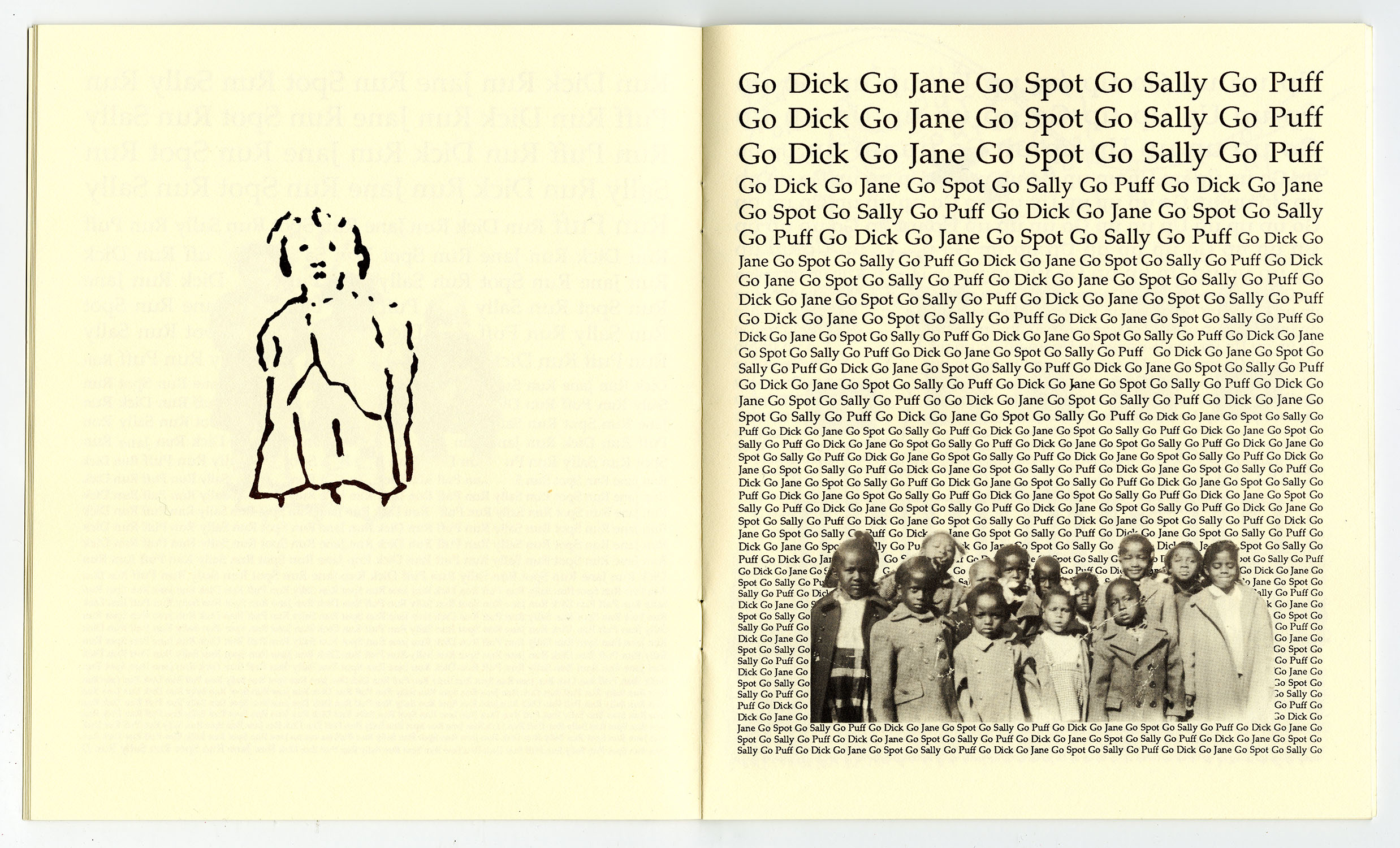Do you recall when you first encountered a book? For many people, their first exposure to books comes in the form of image-rich children’s literature. Picture books from childhood evoke fond memories. Illustrated books excite the imagination while helping the child learn to read. Children’s books also often serve to impart lessons. School books are one example tied to curricular goals. Fairy tales combine whimsy with social and moral instruction.
The books, paintings, and drawings on view here raise many questions about the role of adults in the creation of children’s literature. Adults producing books for children face a challenge, in seeking to communicate engagingly with younger audiences. In some examples, adults make use of subjects from children’s literature in works aimed primarily at an older audience.. At the same time, many classic examples of children’s literature speak simultaneously to adults and young people. In some of the most effective examples, a particular text and image will be perceived differently by a child and by an adult, while appealing to both.
Aubrey Beardsley (British, 1872 - 1898)
The Slippers of Cinderella, 1894
ink and watercolor on paper
Mark Samuels Lasner Collection, Special Collections
Aubrey Beardsley colored this drawing after it had appeared as a black and white image in the July 1894 issue of The Yellow Book. It was the second volume of the famous short-lived illustrated quarterly published in London from 1894 to 1897. The elegant black and white illustration in The Yellow Book was accompanied by a grim description, attributed to Hector Sandus, imagining circumstances surrounding Cinderella’s demise and her glass slippers.
“For you must have heard of the Princess Cinderella with her slim feet and shining slippers. She was beloved by Prince ****, who married her, but she died soon afterwards poisoned (according to Dr. Gerschovius) by her elder sister Arabella, with powdered glass. It was ground I suspect from those very slippers she danced in at the famous ball. For the slippers of Cinderella have never been found since. They are not at Cluny.”
Charles Edward Conder (British, 1868 - 1909)
Beauty and the Beast, c. 1897 - 1900
ink and Chinese white on paper
Mark Samuels Lasner Collection, Special Collections
This mysterious drawing was probably intended as a frontispiece or full page illustration for an 1899 version of The Story of Beauty and the Beast published by Leonard Smithers, or it could have been intended for the 1908 version (on view nearby) issued by the John Lane Company. However, it ultimately remained unpublished.
Ruth Collins Speers (20th Century)
“The Little Christmas Tree... Brown rabbit, brown rabbit, called the fir tree, I am as tall as you...”, 1920 – 1930
ink and graphite on paper
Ruth Collins Speers (20th Century)
“The Slow Little Boy ... Just as he said it, up from the grass popped a funny little fairy...”, 1920 – 1930
ink and graphite on paper
Ruth Collins Speers (20th Century)
“The Hole in the Wall ... The little girl looked quickly into the opening...”, 1920 – 1930
ink and graphite on paper
Ruth Collins Speers (20th Century)
“The King and their mothers and fathers come to meet them...”, 1920 -1930
ink and graphite on paper
Museums Collections, Gift of Margaret W. Litt
Edwin John Prittie (American, 1879 - 1963)
For Jonathan Swift, Gulliver’s Travels into Several Remote Nations of the World.
Philadelphia: The John C. Winston Company, 1930
Museums Collections, Gift of Margaret W. Litt
Edwin John Prittie (American, 1879 - 1963)
[ “... I found my arms and legs were strongly fastened on each side to the ground...”], 1930
ink and gouache on paper
Book cover and related to an episode early in the book, pages 4 and 5.
Edwin John Prittie (American, 1879 - 1963)
“I walked boldly five or six times before the very head of the cat”, 1930
ink and gouache on paper
color illustration facing page 96.
Edwin John Prittie (American, 1879 - 1963)
[At my entrance he called aloud to me not to disturb his webs.], 1930
ink on paper
black and white illustration embedded with the text, page 198.
Edwin John Prittie (American, 1879 - 1963)
“I waved my cap toward the island”, 1930
ink on paper
black and white illustration facing page 174.
Florence Hoopes (American, 1895 – 1970?) and
Margaret Hoopes (American, 1893 – 1956)
[Boy in Sunflowers], 1938
For Mabel O’Donnell, Down the River Road. Evanston, Illinois: Row,
Peterson, and Company, 1938, page 55.
watercolor and graphite on paper
Museums Collections, Gift of Margaret W. Litt
Florence Hoopes (American, 1895 – 1970?) and
Margaret Hoopes (American, 1893 – 1956)
Toys – Jerry saw toys and toys and toys, 1936
For Mabel O’Donnell and Alice Carey, Day In and Day Out. Evanston,
Illinois: Row, Peterson, and Company, 1936, page 3.
watercolor and graphite on paper
Museums Collections, Gift of Margaret W. Litt
Sisters Florence and Margaret Hoopes were Delaware natives but lived for much of their lives together in Philadelphia. These watercolors, complete with production notations, were made for two different volumes of the long-running Alice and Jerry Books series of reading primers for children published by the Row, Peterson Company from the 1930s into the 1960s. This series written by teachers and aimed at children from kindergarten through sixth grade, formed the backbone of the sisters’ career as illustrators. Each drawing demonstrates an attempt by adults to communicate with children in the context of official educational curriculum. Here the hope was to make the task of learning to read colorful and appealing.
Violet Oakley (American, 1874 - 1961)
Portrait of Carolyn Haywood, c. 1920
graphite on paper
Museums Collections, Gift of Margaret W. Litt
This elegant drawing, related to a painting at the Chestnut Hill branch of the Free Library of Pennsylvania, depicts a book illustrator reading a book by an artist who was also an illustrator. Layered meaning and layered connections are embedded in the work. It is an artifact from a society of female artists and illustrators in the Philadelphia area from the early twentieth century. Here, Violet Oakley, herself an illustrator, mural artist, and student of Howard Pyle, depicts Carolyn Haywood (1898 - 1990) her own student in both illustration and mural arts. Haywood studied not only with Oakley, but also with Elizabeth Shippen Green and Jessie Wilcox Smith, the three members of the Red Rose Girls artists’ circle. The mirror and vase depicted in this drawing also can be found in art by Green and Smith. An indistinct figure in the mirror may be the reflection of Oakley. Haywood had a long and successful career as a children’s book author and illustrator of her own work. Some of her most famous books include B is for Betsy, Primrose Day, Little Eddie, and Eddie and His Big Deals.
Author: Evelyn Sharp (British, 1869 - 1955)
Illustrator: Mabel Dearmer (British, 1872 - 1915)
Wymps and Other Fairy Tales: With Eight Coloured Illustrations and a Cover by Mrs. Percy Dearmer.
First edition. New York and London: John Lane, the Bodley Head, 1897.
Mark Samuels Lasner Collection, Special Collections
Author: Evelyn Sharp (British, 1869 - 1955)
Illustrator: Mabel Dearmer (British, 1872 - 1915)
[The Boy who Looked like a Girl]
Color process engraving on paper
This imaginative book of fairy tales written by Evelyn Sharp is filled with thought-provoking stories such as “The Boy who Looked like a Girl.” For this project, Sharp collaborated with the poster artist, illustrator, playwright, and novelist Mabel Dearmer, who died during World War I, serving as a nurse in Serbia. Dearmer worked in an Art Nouveau style- characterized by large flat areas of bright color, decorative and graceful line, and the use of strong outlining, which was as cutting-edge in the late 1890s as some of the topics in the stories.
Author: Frederic E. Weatherly (British, 1848 - 1929)
Illustrator: Beatrix Potter (British, 1866 - 1943)
A Happy Pair: Illustrated by H.B.P. First edition. London: Hildesheimer & Faulkner and New York: Geo. C. Whitney, 1890.
Mark Samuels Lasner Collection, Special Collections
Lost Opportunity
color lithograph on paper
Beatrix Potter, of Peter Rabbit fame, had her first illustrations published in this slim book of verse. Many of Frederic Weatherly’s poems, as seen in this example of “Lost Opportunity,” contain surprisingly adult subtext in relation to the charming drawings of rabbits that seem aimed at a younger audience.
Translator: Ernest Christopher Dowson (British, 1867 - 1900)
Illustrator: Charles Edward Conder (British, 1868 - 1909)
Printer: Lemercier, Paris
The Story of Beauty and the Beast: The Complete Fairy Story Translated from the French, With Plates in Colour by Charles Conder.
First edition. London: John Lane, The Bodley Head and New York: John Lane Company, 1908.
Mark Samuels Lasner Collection, Special Collections
Translator: Ernest Christopher Dowson (British, 1867 - 1900)
Illustrator: Charles Edward Conder (British, 1868 - 1909)
Printer: Lemercier, Paris
[Frontispiece]
color lithograph on paper
Author: Oscar Wilde (British 1854-1900)
Illustrators: Walter Crane (British, 1945-1915) and G.P. Jacomb Hood (British, 1857-1929)
The Happy Prince and Other Tales: Illustrated by Walter Crane and Jacomb Hood.
First edition. London: David Nutt, 1888.
Mark Samuels Lasner Collection, Special Collections
Author: Oscar Wilde (British 1854-1900)
Illustrators: Walter Crane (British, 1945-1915) and G.P. Jacomb Hood (British, 1857-1929)
[Frontispiece]
woodcut on paper
Oscar Wilde inscribed this first edition of The Happy Prince to novelist Ouida in June of 1888. This elegant volume contains five stories intended for children with imagery by one of the most renowned illustrators of children’s literature from the late-nineteenth and early-twentieth centuries, Walter Crane.
Author: William Allingham (Irish, 1824 - 1889)
Illustrator: Richard Doyle (British, 1824 - 1883)
Engraver: Edmund Evans (British, 1826 - 1905)
In Fairy-land: A Series of Pictures from the Elf-World.
First edition. London: Longmans, Green, Reader, & Dyer, 1870.
Mark Samuels Lasner Collection, Special Collections
Author: William Allingham (Irish, 1824 - 1889)
Illustrator: Richard Doyle (British, 1824 - 1883)
Engraver: Edmund Evans (British, 1826 - 1905)
[Frontispiece]
color wood engraving on paper
This decorative and colorful book is filled with lavish engraved illustrations for William Allingham’s whimsical poem about elves. Richard Doyle made the drawings and Edmund Evans engraved them for publication in the book. Sir Arthur Conan Doyle, of Sherlock Holmes fame, once owned this volume, and his bookplate is affixed to the binding. He was the nephew of the illustrator.
Author: Christina Rossetti (British, 1830 - 1894)
Illustrator: Arthur Hughes (British, 1832 - 1915)
Engravers: Dalziel Brothers
Sing-Song: A Nursery Rhyme Book: With One Hundred and Twenty Illustrations by Arthur Hughes, Engraved by the Brothers Dalziel.
London and New York: Macmillan, 1893
Mark Samuels Lasner Collection, Special Collections
Author: Christina Rossetti (British, 1830 - 1894)
Illustrator: Arthur Hughes (British, 1832 - 1915)
Engravers: Dalziel Brothers
[Frontispiece and title page], originally 1872
wood engraving on paper
This copy of the second edition of Christina Rossetti’s book of poetry for children, Sing-Song, was inscribed by the illustrator, Arthur Hughes to the grandchildren of Edward Burne-Jones, Angela and Dennis Mackail. This edition was expanded with five additional poems and the lengthening of six poems that had also appeared in the first edition.
Author: Lewis Carroll (Charles Dodgson, British, 1832-1898)
Translator: Teodorico Pietrocὸla-Rossetti (Italian, 1825-1883)
Illustrator: John Tenniel (British, 1820-1914)
Engravers: Dalziel Brothers
Le avventure d’Alice nel paese della meraviglie [Alice’s Adventures in Wonderland]: Tradotte dall’inglese da T. Pietrocὸla-Rossetti; Con 42 vingette di Giovanni Tenniel
First Italian edition. London MacMillan and Co., 1872.
Mark Samuels Lasner Collection, Special Collections
Author: Lewis Carroll (Charles Dodgson, British, 1832-1898)
Translator: Teodorico Pietrocὸla-Rossetti (Italian, 1825-1883)
Illustrator: John Tenniel (British, 1820-1914)
Engravers: Dalziel Brothers
[Mad Hatter’s Tea Party], originally 1865
Wood engraving on paper
For this first Italian version of Alice’s Adventures in Wonderland at least one subtle change was made to John Tenniel’s famous illustrations—the price tag on the Mad Hatter’s hat is in lira, not shillings. The Dalziel Brothers, one of the premier firms of wood engravers, had been responsible for transforming Tenniel’s drawings when the one original English edition appeared in 1865. This copy is inscribed by Teodorico Pietrocὸla-Rossetti, to his first cousin, the poet Christina Rossetti. Lewis Carroll met the translator through the Rossettis and helped support Pietrocὸla-Rossetti’s application to teach Dante at University College, London.
Artist and illustrator: Clarissa Sligh (American, b. 1939)
Reading Dick and Jane with Me. Rochester, NY: Visual Studies Workshop, 1989.
Special Collections
Artist and illustrator: Clarissa Sligh (American, b. 1939)
Fun Dick, Fun Jane, Fun Spot...
photograph and letterpress on paper
Sligh’s artist’s book is a response to the Dick and Jane readers, used by millions of American children during the mid-twentieth century. The book featured the white children of an upper-middle class suburban family. Sligh writes that, as a child, the books left her feeling that her own African American family must be an aberration, since they were absent from the her schoolbooks. In Reading Dick and Jane with Me, children from Sligh’s neighborhood stand in for the Black children who were invisible in the original series.



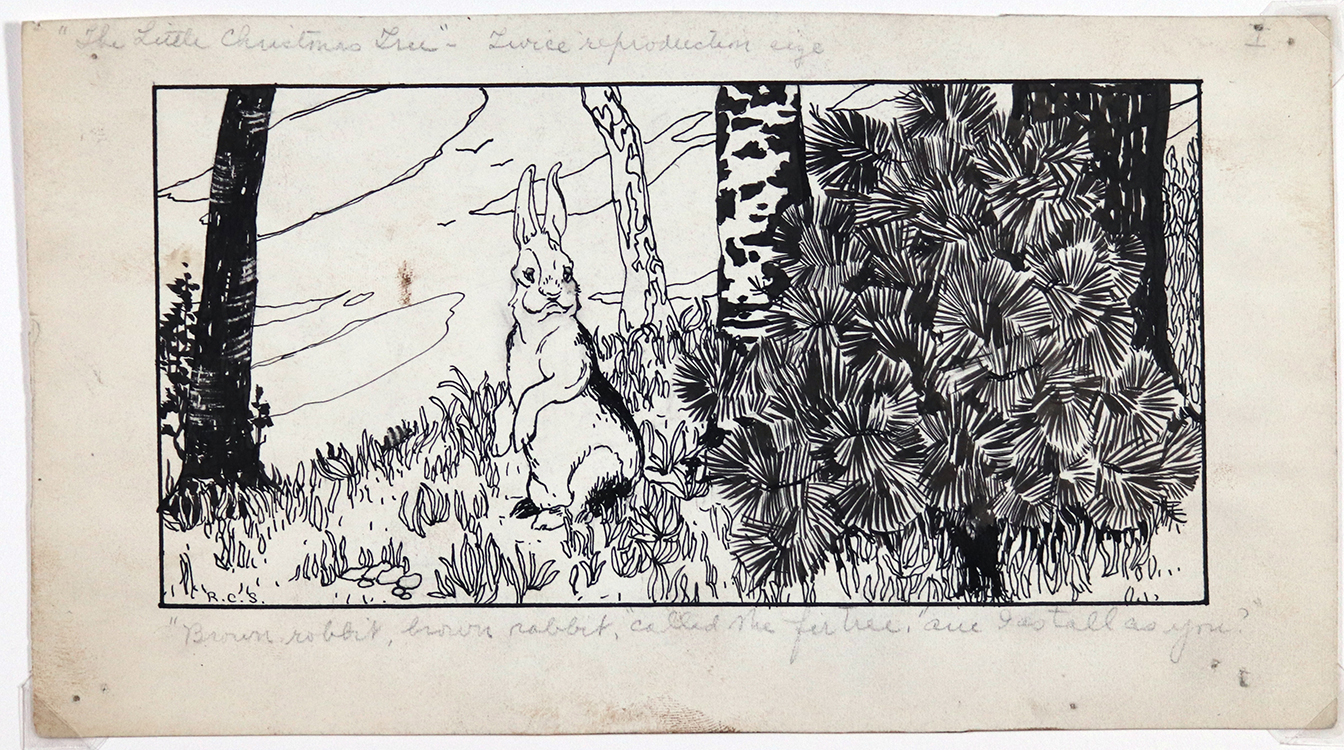
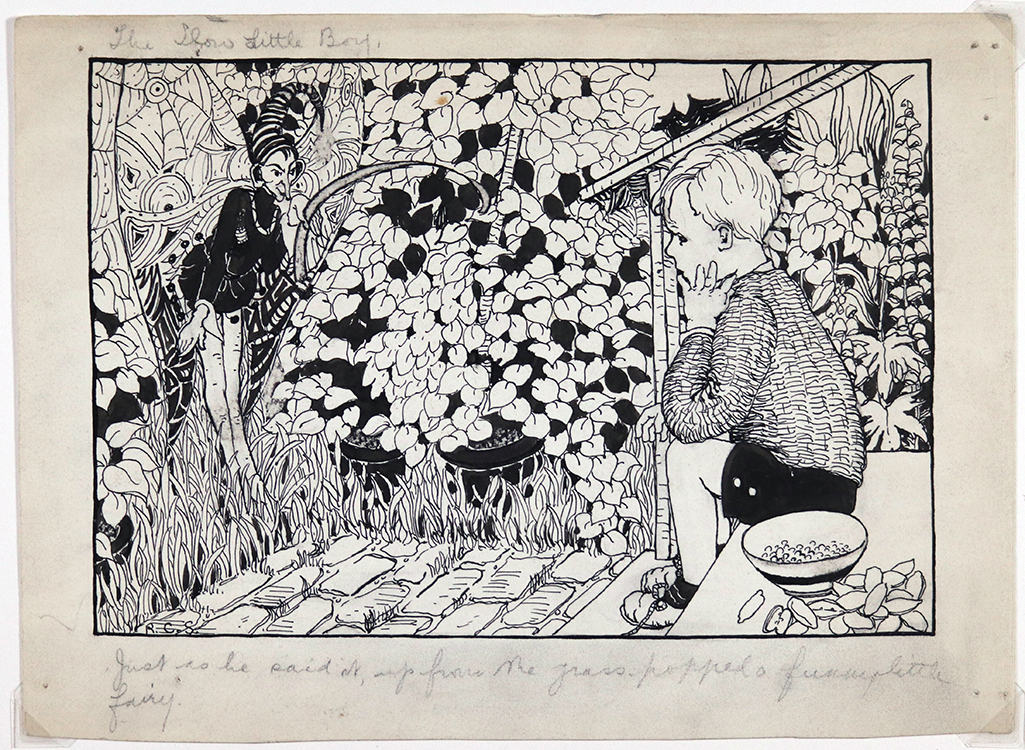
![[ “… I found my arms and legs were strongly fastened on each side to the ground…”], 1930 [ “… I found my arms and legs were strongly fastened on each side to the ground…”], 1930](https://exhibitions.lib.udel.edu/drawing-connections/wp-content/uploads/sites/65/2020/11/arms-legs-fastened.jpg)
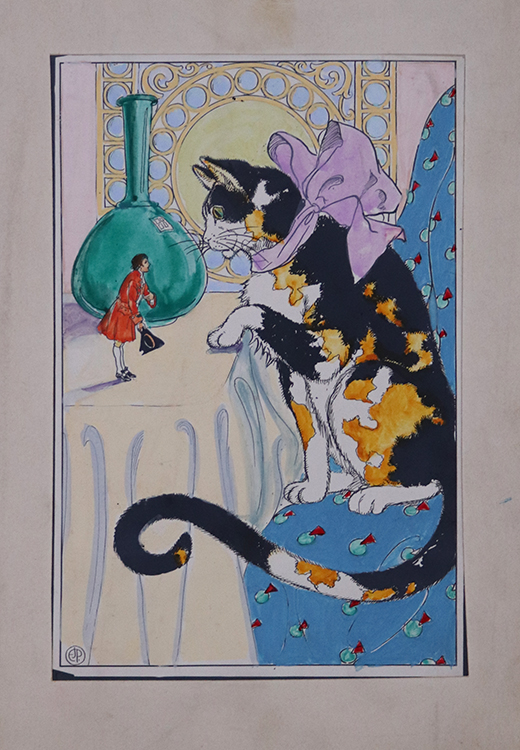
![[At my entrance he called aloud to me not to disturb his webs.], 1930 [At my entrance he called aloud to me not to disturb his webs.], 1930](https://exhibitions.lib.udel.edu/drawing-connections/wp-content/uploads/sites/65/2020/11/webs.jpg)
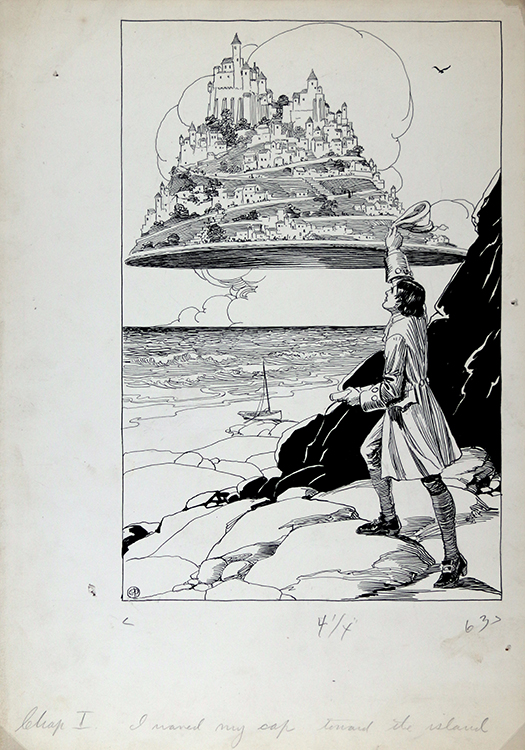
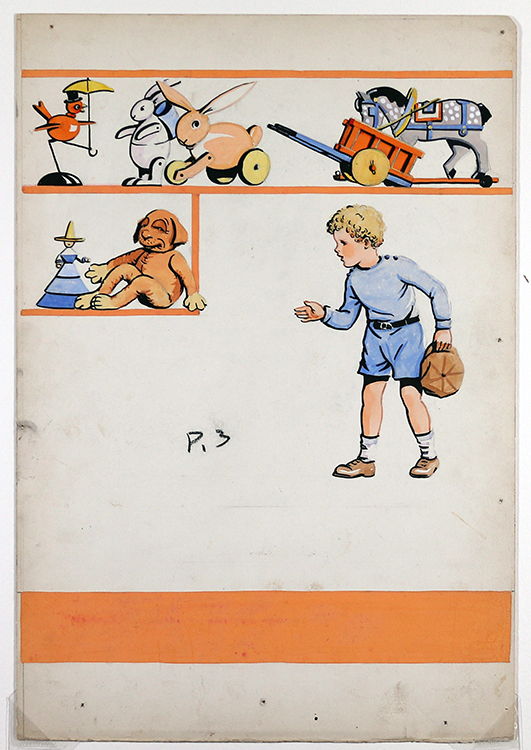
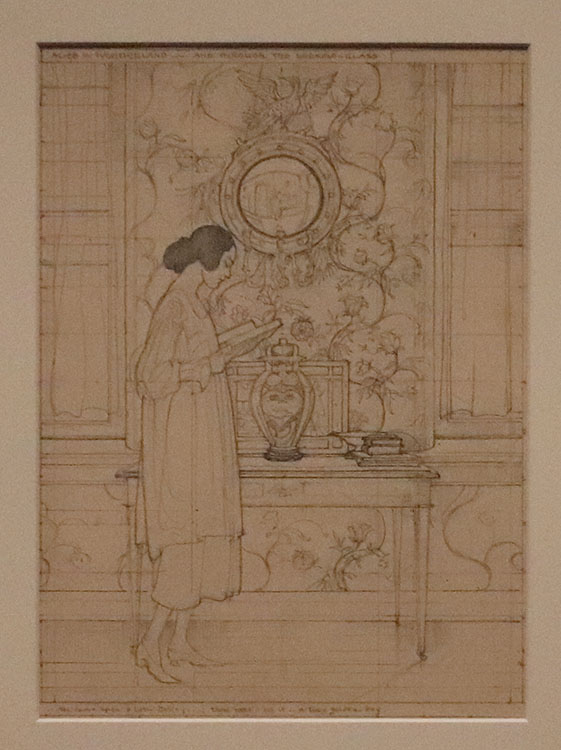
![[The Boy who Looked like a Girl] [The Boy who Looked like a Girl]](https://exhibitions.lib.udel.edu/drawing-connections/wp-content/uploads/sites/65/2020/02/sharp_dearmer_boy_looked_like_girl-e1582063470939.jpg)
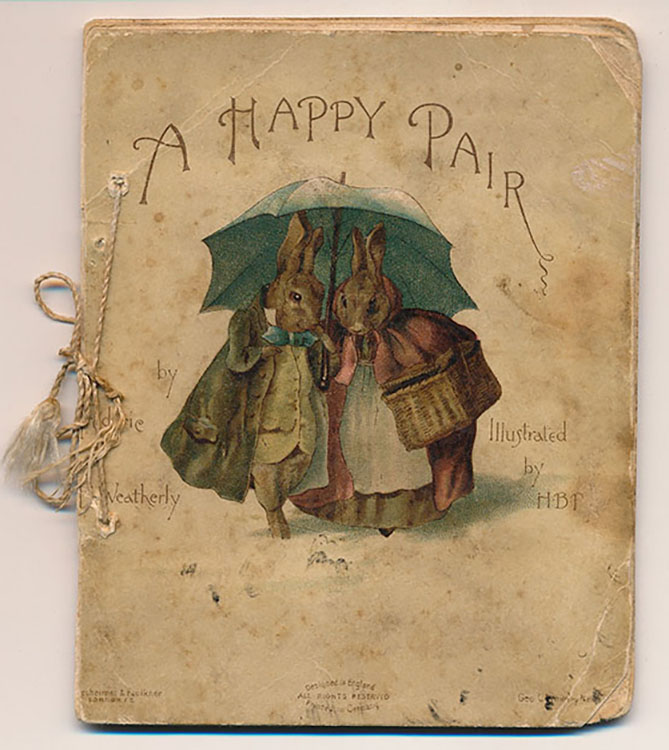
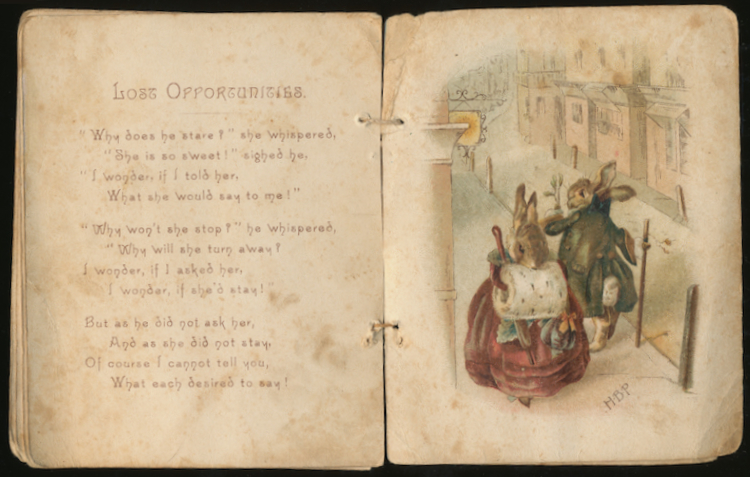
![[Frontispiece]. The Story of Beauty and the Beast: The Complete Fairy Story Translated from the French, With Plates in Colour by Charles Conder. [Frontispiece]. The Story of Beauty and the Beast: The Complete Fairy Story Translated from the French, With Plates in Colour by Charles Conder.](https://exhibitions.lib.udel.edu/drawing-connections/wp-content/uploads/sites/65/2020/02/Conder_Beauty-and-the-Beast-2.jpg)
![[Frontispiece]. The Happy Prince and Other Tales: Illustrated by Walter Crane and Jacomb Hood. [Frontispiece]. The Happy Prince and Other Tales: Illustrated by Walter Crane and Jacomb Hood.](https://exhibitions.lib.udel.edu/drawing-connections/wp-content/uploads/sites/65/2020/02/Wilde.Happy-Prince.Crane_.MSL_.jpg)
![[Frontispiece]. In Fairy-land: A Series of Pictures from the Elf-World. [Frontispiece]. In Fairy-land: A Series of Pictures from the Elf-World.](https://exhibitions.lib.udel.edu/drawing-connections/wp-content/uploads/sites/65/2020/02/doyle_fairyland_3-e1582063355462.jpg)
![[Frontispiece and title page]. Sing-Song: A Nursery Rhyme Book: With One Hundred and Twenty Illustrations by Arthur Hughes, Engraved by the Brothers Dalziel. [Frontispiece and title page]. Sing-Song: A Nursery Rhyme Book: With One Hundred and Twenty Illustrations by Arthur Hughes, Engraved by the Brothers Dalziel.](https://exhibitions.lib.udel.edu/drawing-connections/wp-content/uploads/sites/65/2020/02/Rossetti_Sing-Song.1_1872.jpg)
![[Mad Hatter’s Tea Party], originally 1865 [Mad Hatter’s Tea Party], originally 1865](https://exhibitions.lib.udel.edu/drawing-connections/wp-content/uploads/sites/65/2020/02/tennial_alice_in_wonderland-e1582062991732.jpg)
